ARCHIVE October2024
Earth listing of serial number of the stamp.
Listing Ledger Rolls of Lugal Ensi Emperor Majesty and Supreme Superior of all Planet For this data set the tabulator stop at “33.” The collection district should be placed on stamps by […]
Committee on Intellectual
Earth Para Diem / Deim. England British 2012 In-adapt INTELLIGENCE. Reflects in History of the world. Historical 2011. Principal Allow the British Access Shouldnt of ever, ALLOWED.
Weights tools Belt from IRS
Forms SSE SSE Those forms on redacted for the Marshals In returns of these that are to be filed and thatof moves here next values each and these to match the sharess […]
Material Men #622833-3of5of8-15-16-30-5-1-0
Human of en waste. Trademarked. And updates new version CHina and Russia Emperors and Lords andn Government this of to and form Emperor and Kings,., Discussion on Material Waste from Nukelead nuclear […]
Principal #3359-5060-AbbyPrince
This need 10/21/2024 With the Criminal who steals Patents and common law Trademarks and claims them as their own and in all out theft, Like thatof valued hereof United States and the […]
Draft of Grain or Barley
And isnt finished needed save Consistent with its publication in the 21stCentury, this volume is available at the website of the Government Printing Office(www.gpo.gov/constitutionannotated) and will be updated regularly as Supreme Court […]
Social Compact Pur
Assessor by the direction of the yearly mass of Divine Anu; of Earth; 17 Side Regional Province Center- 110 27v plus his regional Full Crown and Sovereign with Common Law under its […]
TeleScope
The Annual Variation is a periodic variation so small (about one minute a year) that it need not be considered in surveying work. Irregular Variations in the declination are due chiefly to […]
Interlineation Stranger
Telescope Lens Usually (Negative) Concave. URS Concave
Company and Companies
COMPOUND INTEREST. Compound interest is interest upon interest which is not paid. Upon current accounts a banker calculates the interest half-yearly and adds it to the principal, when it becomes part ofthe […]
RECENT UPDATE

ZEN MASTERS CREDIT
Browsing supplies in stationary store Design BOOKLET DESCRIBING TAUGHT ASPECTS OF MATHEMATICS, DESCRIPTIVE GEOMETRY REPRESENT HIS OBJECT IN TWO DIMENSIONS GREAT ARCHITECT SKILL IMPROVED INTEREST SUBJECT DEEPENED Le A [TOTAL WITHHOLDING TO […]

Mexico Queen and at Classes with Rank.
Economics of Investing: A Comprehensive Introduction Performance Evaluation: This involves the regular evaluation of the performance of assets in the portfolio and the development of strategies for improving performance. Risk Management: This […]

War Of Finance
UNITED STATES SENATE, COMMITTEE ON INTERSTATE COMMERCE, Washington, D. C. The committee met, pursuant to call, at 11 o’clock a. m., in Room 410, Senate Office Building, Senator Albert B. Cummins presiding.Present: […]

Deck
for one day, two business days hence. There can be signific changes in this differential on a day-to-day basis. Dealing Offsetting Forward Contracts. The second way of managing the forward position is, […]

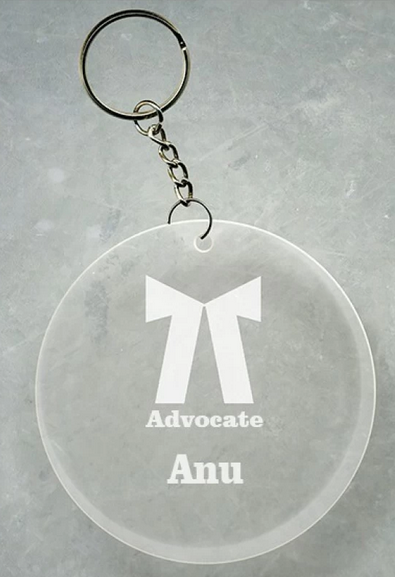
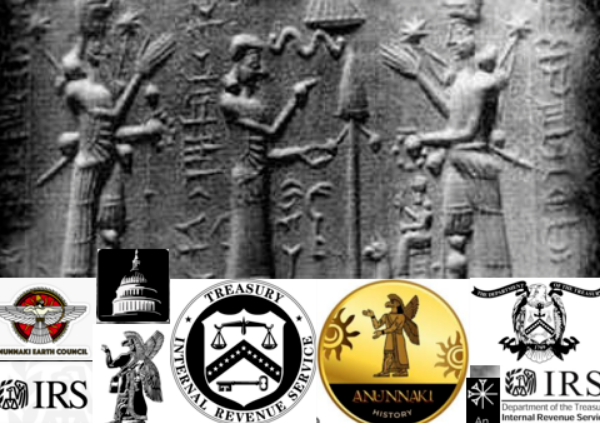



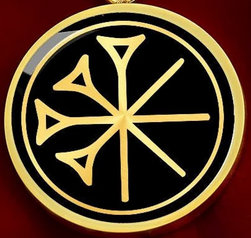
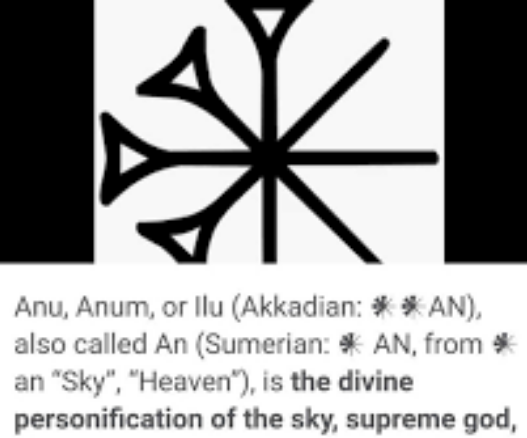
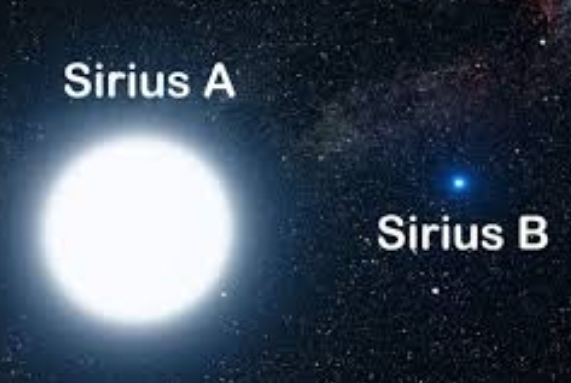

MOST COMMENTED
Titles of States
World Court Publicated
For Money Lent, Paid, Received, or Due on Account / No. CLIX / No. LXI. / No. LXII. / rdfi / rdfi / rdfi / Titles of States / Valuator GOVERNMENET PRINTING
Combat Zones Earth
Titles of States
Earth listing of serial number of the stamp.
Titles of States
Interlineation Stranger
Titles of States
Associate Title Agency
Titles of States
War Of Finance
Titles of States
Nuska Control Centers